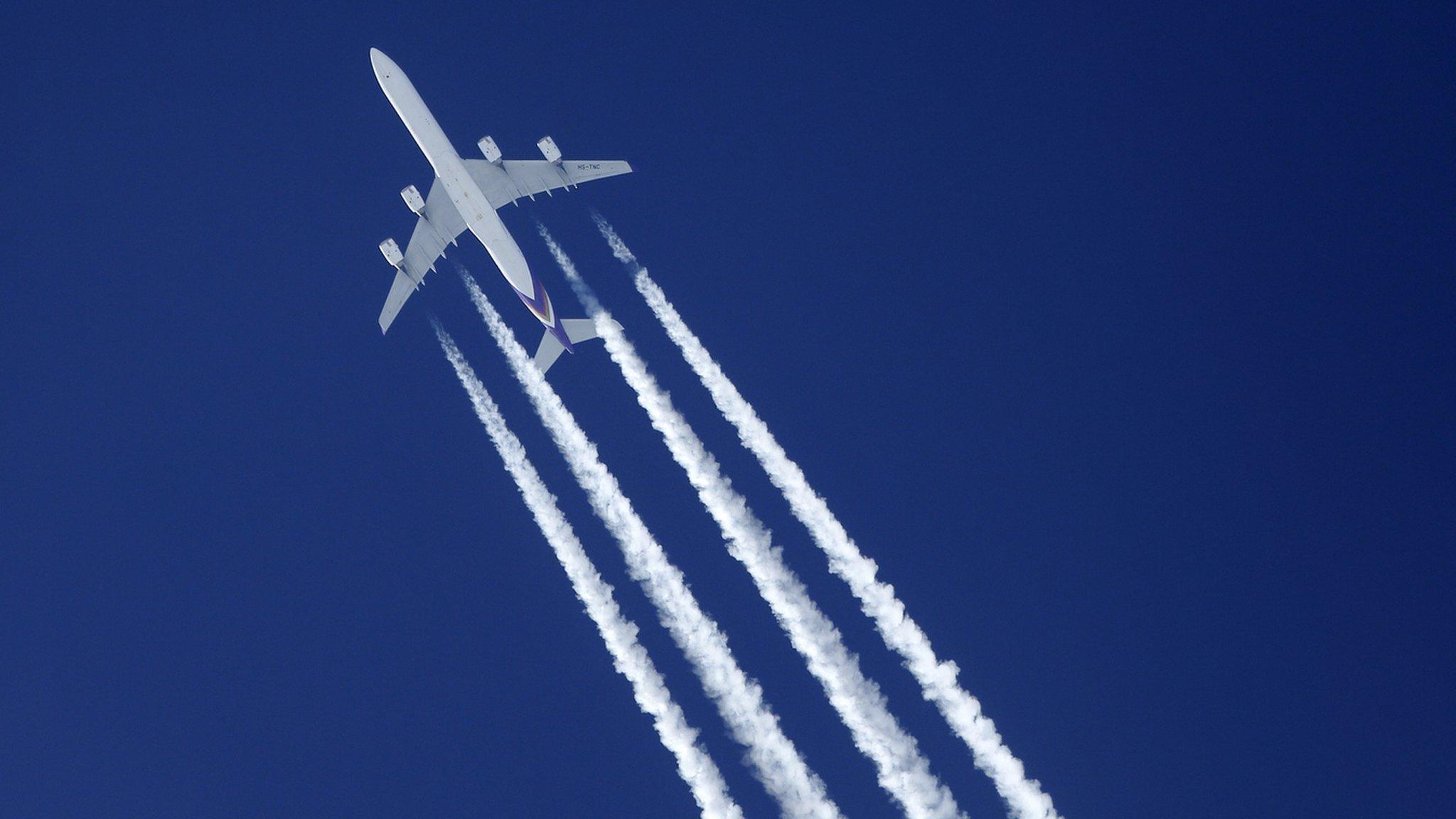Extreme travel: It just got harder to see every place in the world
- Published
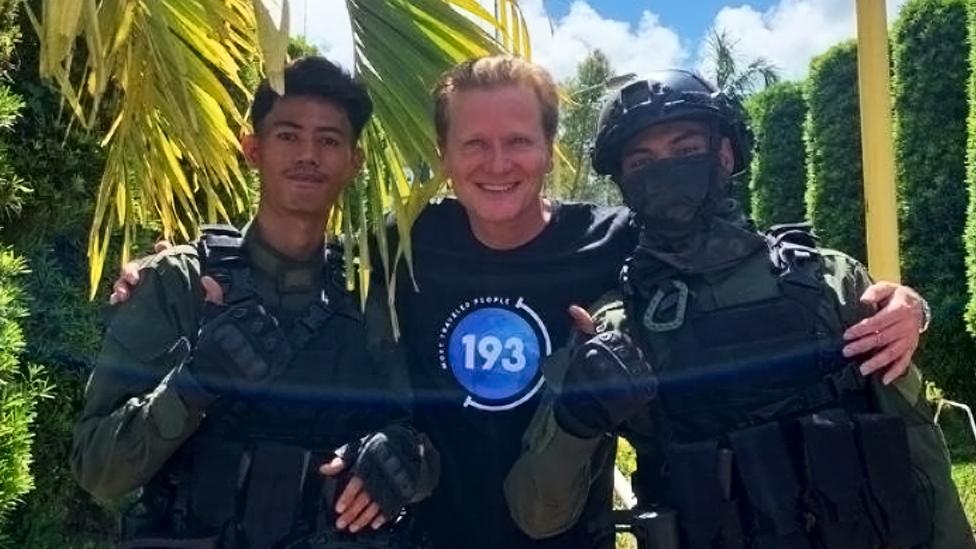
Kari-Matti Valtari, centre, with two police officers
Extreme travel isn't for the faint-hearted. Kari-Matti Valtari would know.
He has been arrested many times and held in detention in war-torn nations, but has seen everywhere from St Eustatius to the Savage Islands*.
So why does he keep doing it? "It's to meet like-minded people," he tells the BBC.
He has a goal: to travel the whole world. And that goal has landed him, at the time of writing, in tenth place on the "Most Traveled People" (MTP) leader board., external
MTP is an online community that unites extreme travellers. It boasts nearly 30,000 members and exists for people to compare their adventures, in a bid to become "the most travelled person".
But seeing the whole world - as per Most Traveled People - just got harder for Mr Valtari and other extreme travellers.
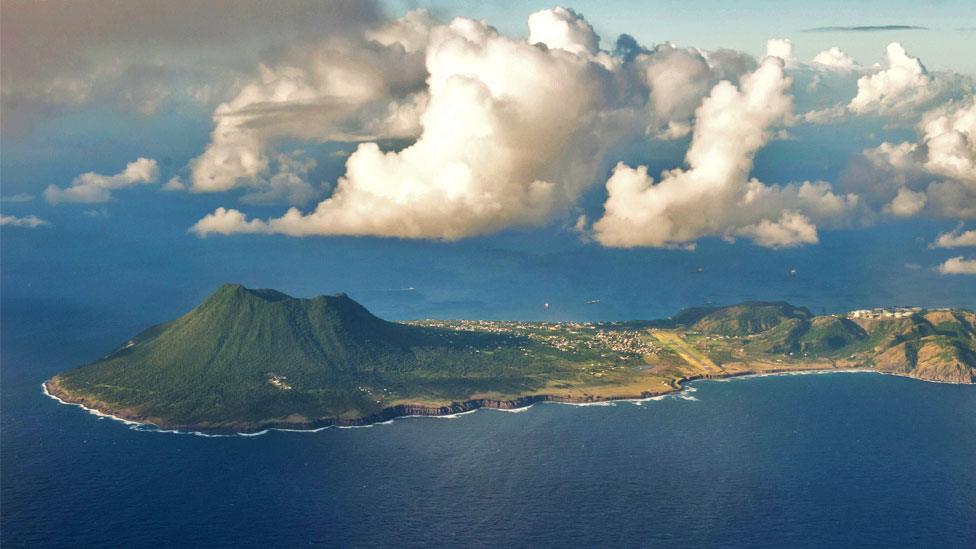
St Eustatius is one of the locations on the 'Most Traveled Person' list
The MTP founder, Charles Veley, was inspired to create it after the Guinness Book of Records declined in 2000 to accept his own attempts to be the world's most travelled person - and required a third-party to adjudicate.
"It felt like I had completed the marathon in the Olympics... it felt like I had done all that. Come into the stadium and all the judges had gone home and there was no-one there," he said.
In 2005, when MTP was founded, Mr Veley started with a list of around 573 countries and territories to visit.
That number increased to around 1,000 in the following years, as existing places were divided into further parts. And, as of this year, the list has been updated again - to 1,500 different locations.
The expansion by MTP meant people who had been to everywhere - or almost everywhere - in the world, now have a whole new set of places to visit.
For instance, the man on top of the leader board, Germany's Michael Runkel, has visited a mere 1,306 of MTP's 1,500 locations.
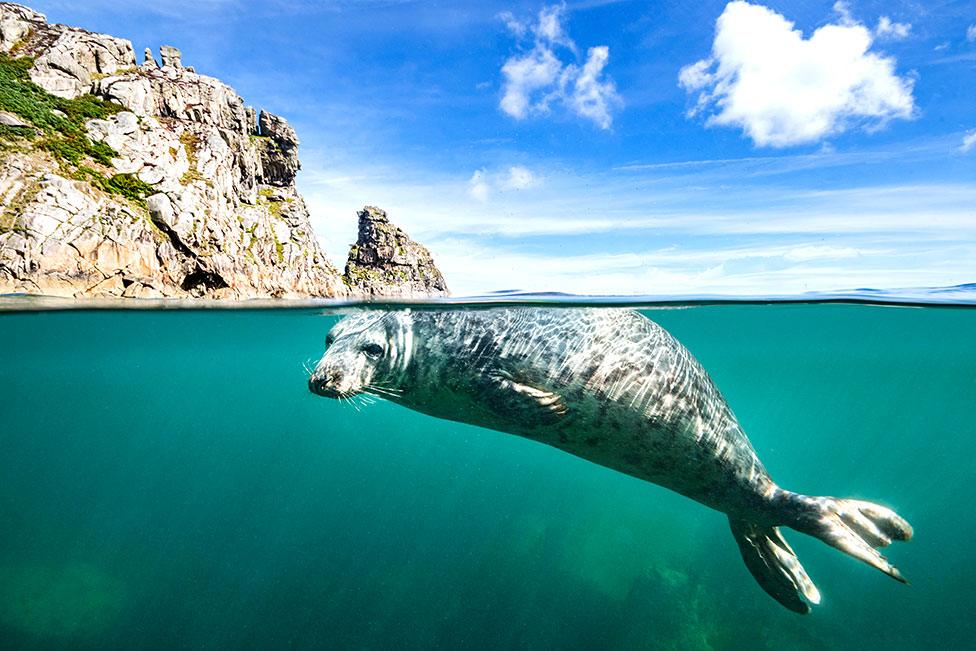
A young grey seal swims beneath the cliffs of Lundy Island, Devon, England
The MTP expansion leans on work from another travel community, NomadMania, which divides the world into 1,301 regions, based on "area, population, local perspective and other factors".
Within the "UK region", for example, there are 30 different regions, including: England - Yorkshire and the Humber, Jersey, and Lundy - a tiny island off the south-west of England.
One of the new regions on the MTP list is the South Pole - now listed as separate from the various Antarctic regions.
Previously, travellers could claim they had visited most Antarctic regions by simply walking around the South Pole. Now, they have to navigate the entire continent.
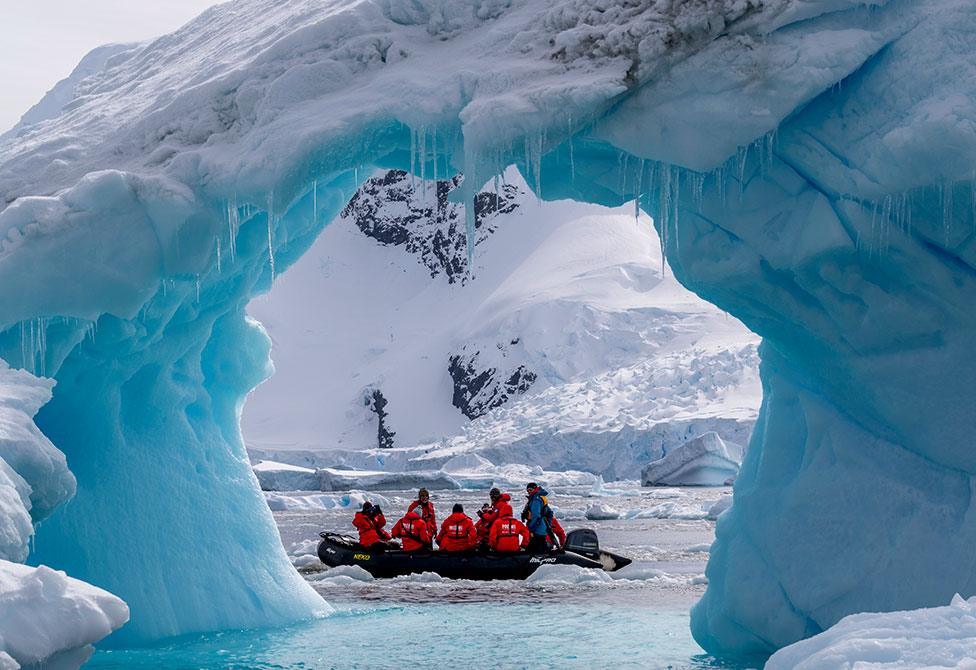
Tourists explore an iceberg in Cierva Cove, Antarctica
The increase was based on consultation with extreme travellers, and Mr Veley said people had been receptive to the change - and looked forward to having more destinations to visit.
But travel between these areas is not simple.
About 2.4% of global CO2 emissions come from aviation - and many regular travellers rely on planes to travel.
While both Mr Valtari and Mr Veley said they try to reduce their emissions in other ways - like driving electric cars - they don't deny the impact their travel has on the environment.
"I do think about it, but I mean… what can you do?" Mr Valtari said. "If you have an urge to travel you cannot exactly walk everywhere so you do have to fly."
But when it comes to extreme travel, boats can be more useful than planes. The joint-least visited place in the world, external, according to MTP, is the Entrecasteaux Reefs - a barrier reef in New Caledonia in the South Pacific.
*St Eustatius is a small Dutch island in the Caribbean; the Savage Islands a Portuguese archipelago without a permanent population.

Related topics
- Published15 November 2017

- Published28 February 2023
